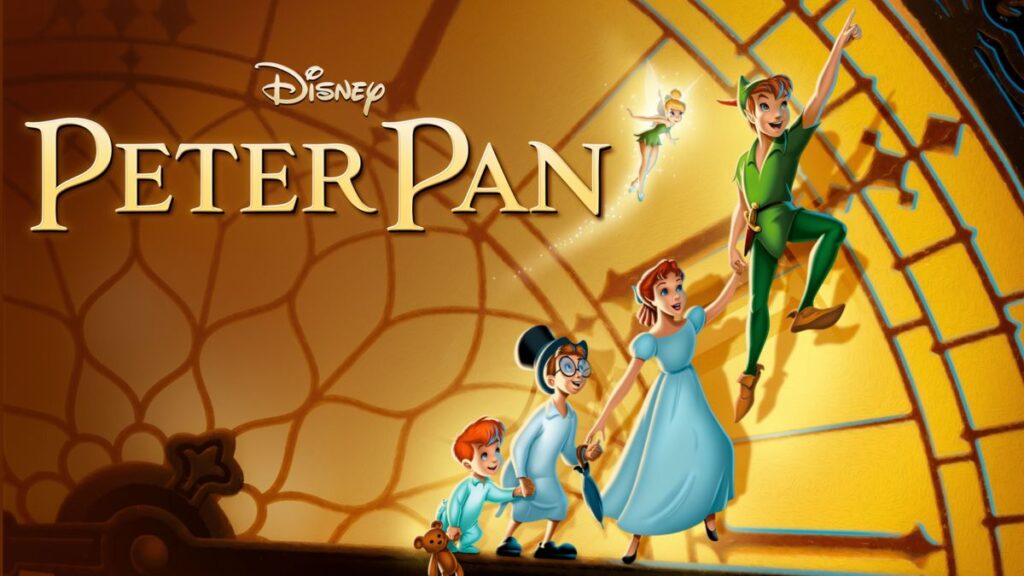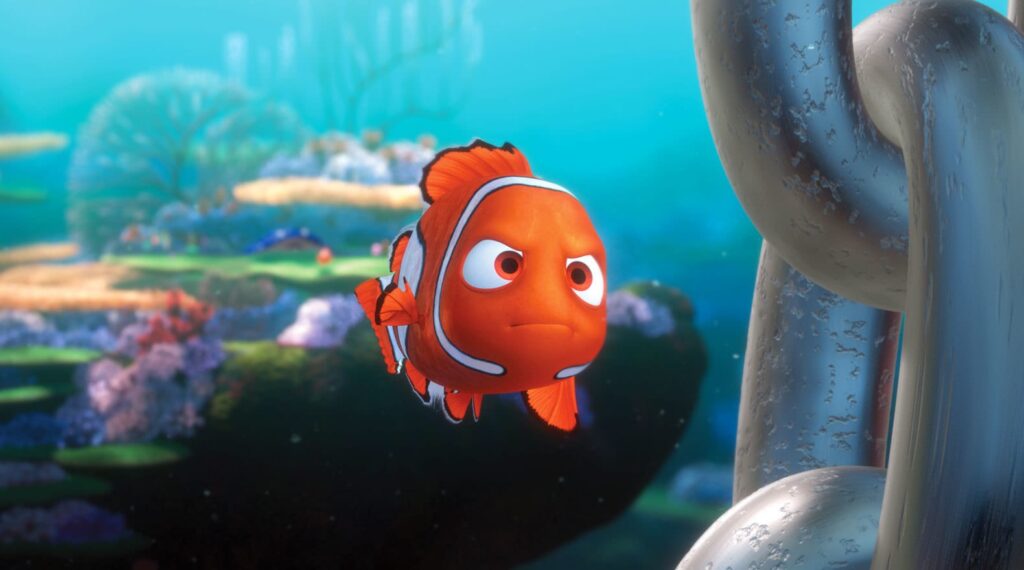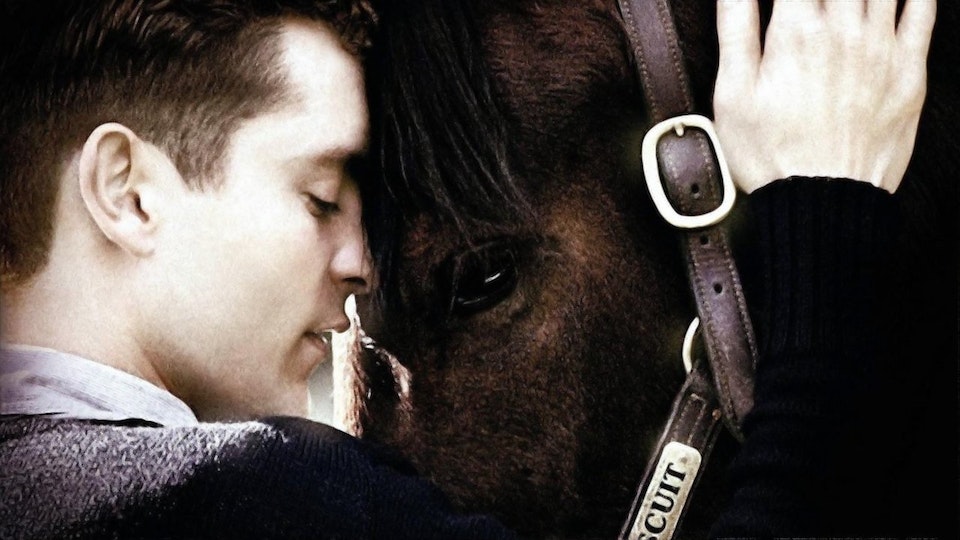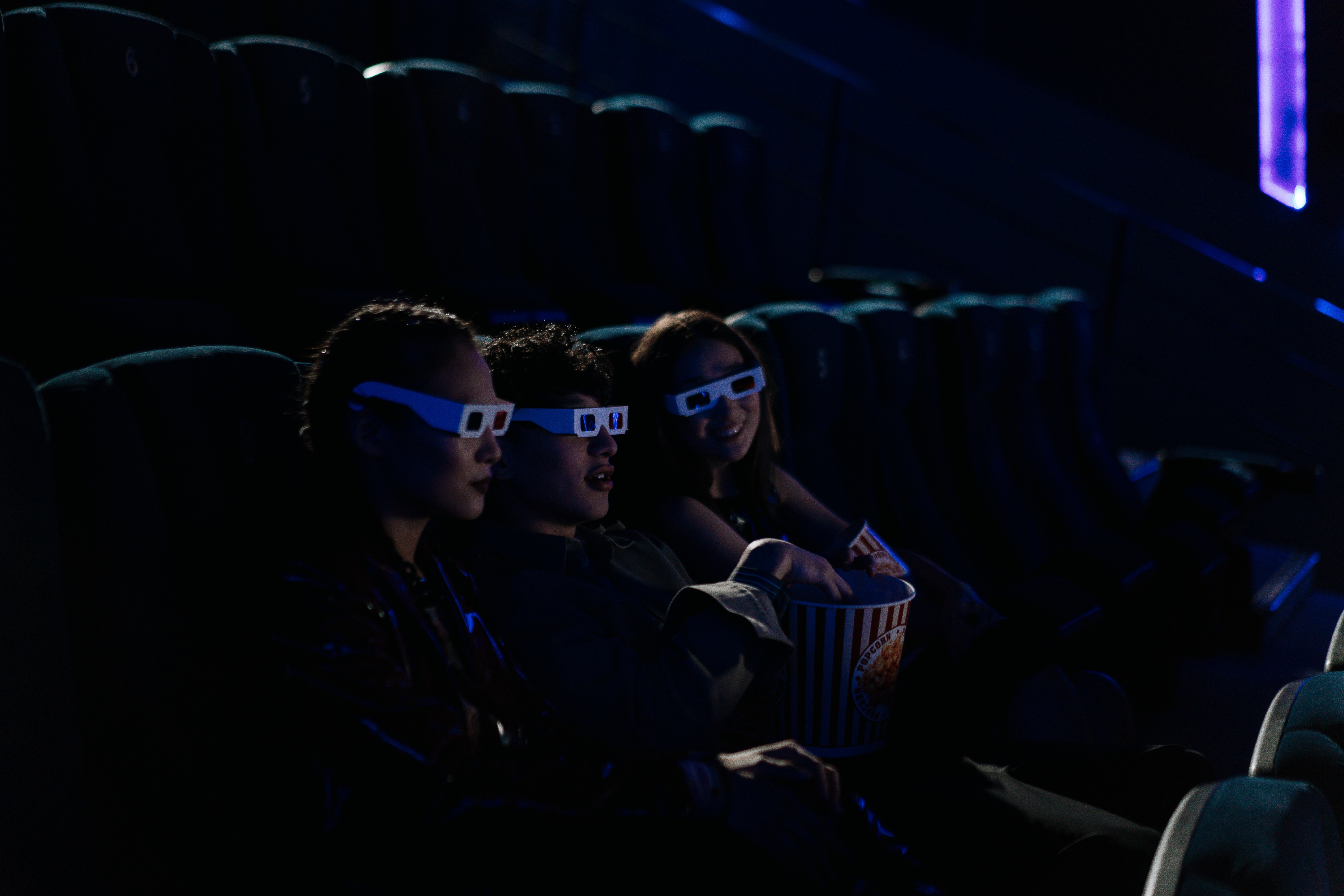We’ll discuss movies with classical conditioning and the importance of classical conditioning in everyday life. So let us proceed.
Classical conditioning is combining an unlearned stimulus with something that quickly causes a psychological reaction. Eventually, this unlearned stimulus becomes the conditioned stimulus. A person is abruptly conditioned to evoke the same result when the conditioned stimulus is present.
What Is Classical Conditioning?
Classical conditioning, discovered by Russian scientist Ivan Pavlov, is a sort of unconscious or spontaneous learning. Through connections between an unconditioned stimulus and a neutral stimulus, this learning process produces a conditioned response.
Classical conditioning is a behaviorist learning theory. It proposes that a naturally occurring stimulus and an environmental stimulus are frequently matchable. The environmental stimulus will ultimately elicit a response identical to the natural stimulus.
Movies With Classical Conditioning
A non-traditional stimulus pairs with a physical reaction in classical conditioning. As we identify with the protagonist in the movie theatre, we feel the same emotions and hormone release as if we were experiencing the same events—albeit at a lower level.
Here are a few examples of movies with classical conditioning:
PETER PAN

A great classical conditioning film, Peter Pan, is depicted. In the film Peter Pan, Captain Hook trains to become paranoid and fearful of the sound of a ticking clock, which he interprets as a sign that a crocodile is nearby. In this scenario, the unconditioned stimulus is the crocodile, the unconditioned response is being paranoid and terrified of the crocodile, the conditioned stimulus is the ticking clock, and the conditioned response is being paranoid and afraid of the ticking clock.
The whole process and evolution of classical conditioning are not fully demonstrating this rendition of Peter Pan. Nonetheless, all of the components are indicated. Other versions depict the process more clearly and conclude that the film Peter Pan indeed reflects the principles of Pavlov’s classical conditioning. Captain Hook has never had a deep affinity with a clock before; it was merely a neutral experience. The clock, however, became the unconditioned stimulus as a result of the unconditioned response: the crocodile bite. Because of the bite (now the conditioned response), Captain Hook panics every time he hears a clock ring (the conditioned stimuli) because of his experience.
NEMO

There was a part in the movie where Nemo and his pal devised a scheme to escape while the dentist left the room. When the door closed, they realized it was time to flee. They attempted to escape via the filter, which is the only route out, and they only had 4.2 minutes to do so. They saw that after the dentist leaves, the door shuts.
Classical conditioning is a learning process in which two stimuli are repeatedly pairs. The first stimulus responds, and the second stimulus connects with the result. The initial stimulus in the movie, according to the scenes, is the door, which is related to shutting and opening, and the ultimate reaction is either the dentist walked out or in. As the door closed, they understood the dentist had gone outside for some time, demonstrating classical conditioning.
SEABISCUIT

Another example of classical conditioning is found in the superhit film Seabiscuit. Seabiscuit is a classic underdog story in which a horse and a jockey form a deep, genuine bond while participating in horse races. The clearest example of classical conditioning is when Red, the jockey, prepares his horse Seabiscuit to race extremely fast at the start of the race. Seabiscuit quickly becomes the quickest horse of his time by conditional conditioning.
The neutral stimulus in this case is a bell. The horse has no prior association with the bell. When the sound of the bell is combined with the unconditioned reaction, a whip, Seabiscuit instinctively runs faster. When the rider whips him, the physical sensation motivates Seabiscuit to go faster. The whip and the bell quickly pair in the unconditioned response. As a result, the conditioned stimulus is now a bell ringing. Red no longer has to whip Seabiscuit at the start of the race since his conditioned response when the bell rings is to accelerate.
Ringing the bell’s ultimate purpose is to urge Seabiscuit to run as quickly as he can, propelling him toward the goal of winning the race. If Red needed to cease Seabiscuit’s behavior for whatever reason, he could substitute the sound of the bell with another stimulus. Red, for example, could feed Seabiscuit anytime he heard the sound of a bell. Seabiscuit, like Pavlov’s dogs, would acquire another psychological reaction; instead of responding to his experience with the whip, he would now begin to associate hunger and salivation with the ring of the bell.
THE TRUMAN SHOW

Strange and near at the same time: it is just amazing how Truman’s regular small existence can have such significance, such value to the entire globe. It also speaks eloquently about the manipulation and classical conditioning employed to establish a fear of water in Truman to keep him on the island indefinitely. The unconditioned stimulus of his father drowning after falling overboard while on a boat caused the unconditioned response to Truman becoming afraid of death. The conditioned stimulus then transforms into the boat, eliciting the conditioned reaction of fear of death. Truman’s dread of dying on a boat was a superb example of classical conditioning.
The Truman Show is a film that depicts the life of a guy whose every move is filmed and shown on a famous television show. This film’s creators integrated psychological ideas shown through the character Truman. Truman’s behaviors were explains using concepts such as Social Learning Theory, Classical Conditioning, and motivation.
Classical Conditioning In Everyday Life
When a neutral stimulus is combined with a conditioned response, this is the most well-known example of classical conditioning. Did you realize there are many examples of classical conditioning in everyday life? Let’s look at a few of them.
Celebrities in Advertising
Celebrity endorsements are not a new phenomenon. Advertisers are capitalizing on our favorable connections with these superstars to promote more products and services. Michael Jordan has nothing to do with Nike sneakers, just as Jennifer Aniston has nothing to do with Smartwater.
When potential buyers see a bottle of Smartwater, they begin to feel the same way they do when they see Jennifer Aniston.
Fear of Dogs
As a kid, suppose you took the same route to school every day. A dog in the yard would bark loudly at you as you passed a specific house, bearing its fangs. This is a terrifying event, especially for a small child. Dogs were once rather neutral stimuli.
Years later, you can have a spontaneous recovery. You may not recall the childhood dog, but when you go past a similar-looking house with a “beware of dog” sign on the fence, you become uneasy and begin to shake.
The Bottom Line
There are several examples of classical conditioning all around us. Things that are otherwise neutral in our lives acquire positive and bad connections over time.
Unconsciously, movies with classical conditioning and real-life examples occur. Even while it can be advantageous when applied correctly, there is a reason why behaviorism has gone out of favor – it is overly simple.

